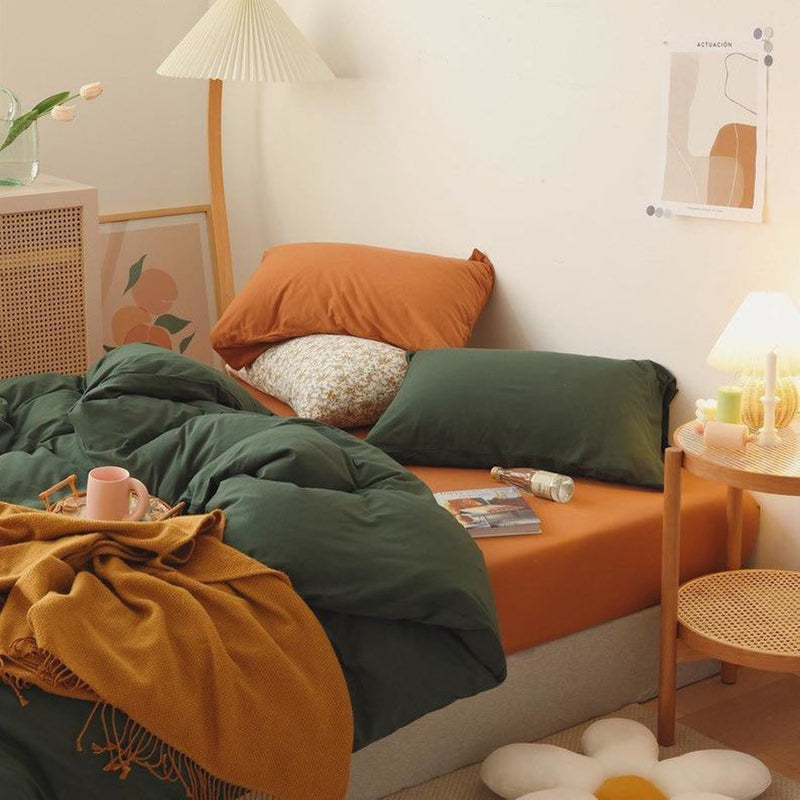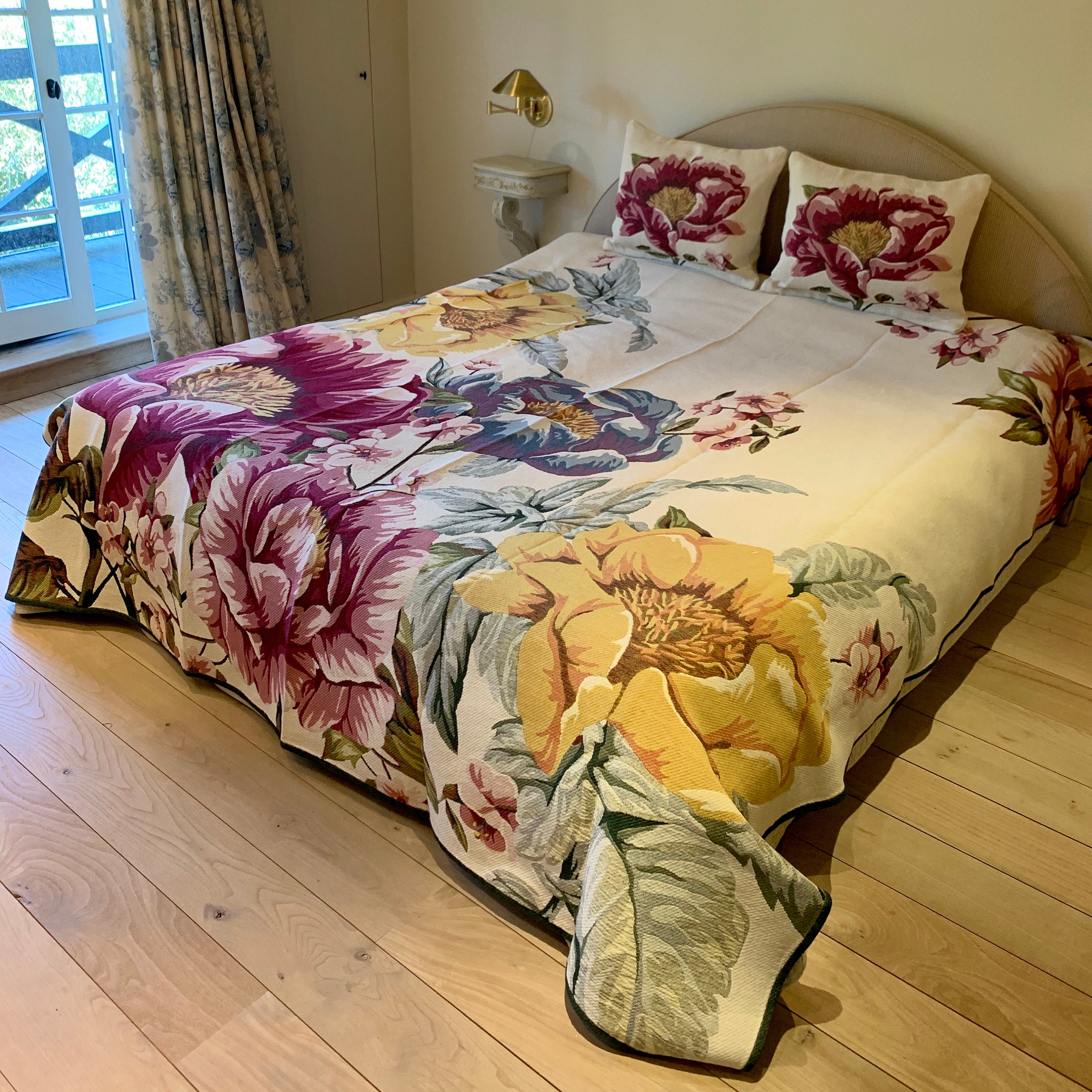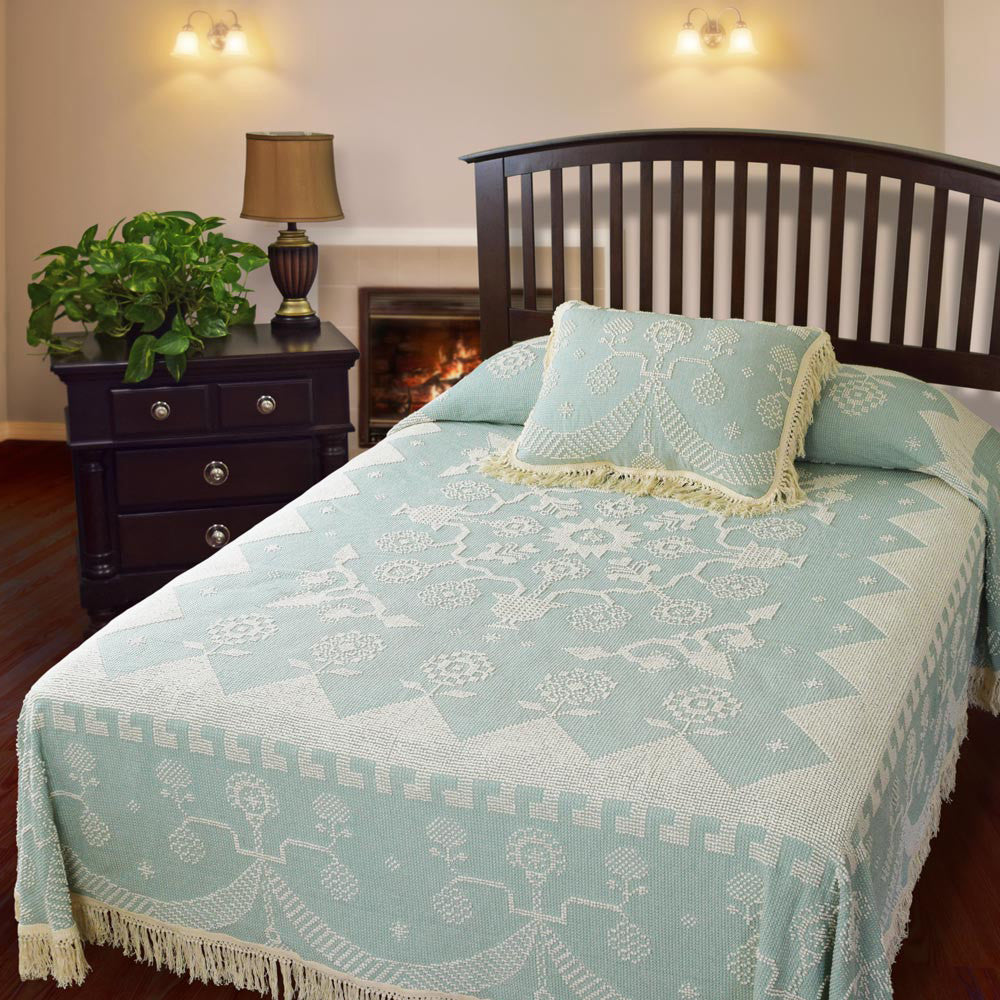The Ultimate Guide to Caring for Your Home Textile Linens for Longevity and Style
Taking care of home fabric bed linens is essential not just for keeping their aesthetic allure but additionally for guaranteeing their durability. Choosing the ideal textiles and employing appropriate washing and drying techniques can considerably affect the life expectancy of these materials. Understanding tarnish elimination approaches and proper storage space techniques plays an essential duty in protecting their high quality. As we check out these elements, it comes to be obvious that a couple of informed choices can result in exceptional advantages-- discover the nuanced techniques that can change your strategy to home textiles.

Picking the Right Fabrics
Selecting the proper textiles for home fabric bed linens is critical to achieving both aesthetic appeal and useful durability. The option of textile substantially affects the overall atmosphere of an area while additionally establishing the long life of the linens. Typical material alternatives include bed linen, polyester, and cotton, each offering distinctive features.
Cotton is renowned for its gentleness, breathability, and convenience of treatment, making it a prominent selection for bedding and kitchen textiles. Linen, stemmed from the flax plant, provides a rustic charm and phenomenal moisture-wicking properties, ideal for warm climates. Nonetheless, it is susceptible to wrinkling, which can be a consideration for those looking for a refined appearance.
On the various other hand, polyester blends provide enhanced durability and resistance to fading and wrinkling, making them ideal for high-traffic areas. When selecting textiles, consider the desired use, climate, and personal design preferences. Furthermore, select high-grade products that endure normal laundering and maintain their look with time. Ultimately, a thoughtful option of fabrics not only boosts the layout of your home textiles however also guarantees they remain practical and visually appealing for years to come.
Laundering and Drying Methods
Correct washing and drying methods are essential for keeping the quality and longevity of home fabric bed linens. First, always describe the care tags on your linens, as they give details guidelines tailored to the textile type. Use a gentle cleaning agent that is cost-free of severe chemicals to protect the stability of the fibers. When cleaning, choose cold or warm water, as hot water can lead to shrinking and fading.
For washing machine usage, pick the delicate cycle to reduce anxiety, which can damage the material. If you are washing especially delicate items, think about placing them in a mesh washing bag for additional defense. Avoid congestion the equipment, as this can avoid detailed cleansing and boost wear.
When it pertains to drying, air drying out is better for the majority of textiles, as it assists maintain shape and shade. If using a clothes dryer, pick a reduced heat setup and get rid of linens while they are a little moist to lower wrinkles (linen curtains). Constantly avoid straight sunlight for drying out, as UV rays can trigger fading. By adhering to these washing and drying strategies, your home textile linens will certainly maintain their appeal and capability gradually.

Stain Removal Strategies
When it pertains to maintaining the immaculate appearance of home fabric bed linens, reliable discolor removal techniques are important. Spots can diminish the visual appeal and long life of your linens; hence, timely and ideal activity is crucial.
First, recognize the kind of stain, as different materials require distinctive treatments. For natural discolorations like white wine or fruit juice, blot the area carefully with a tidy fabric to absorb excess fluid, after that use a read review mix of light cleaning agent and water. For oil spots, spray cooking soda or cornstarch on the location to soak up the oil prior to laundering.
Always evaluate any type of tarnish elimination solution on an inconspicuous location of the fabric to guarantee it does not trigger staining. For protein-based spots, such as blood or sweat, chilly water is more suitable, as warm water can establish the stain.
For relentless spots, think about utilizing an industrial tarnish eliminator, yet follow the maker's instructions meticulously. After therapy, launder the bed linens according to the treatment label directions and air completely dry when feasible to stay clear of warm setting. By carrying out these methods, you can keep the beauty and honesty of your home fabric bed linens for several years ahead.
Proper Storage Techniques
Reliable storage methods are vital for protecting the quality and longevity of home fabric bed linens. Proper storage starts with guaranteeing that linens are tidy and completely dry before being placed in storage. This stops mold and mildew and mildew, which can happen in wet conditions.
Usage breathable fabric storage bags or cotton sheets to cover linens, as these materials enable air circulation while safeguarding versus dirt and pests - bed spread. Stay clear of see making use of plastic bags, as they can trap wetness and bring about degeneration over time. Additionally, it is recommended to store linens in a dark, amazing, and completely dry setting, as direct exposure to sunlight can trigger fading and weaken fibers
For optimum company, fold bed linens neatly and stack them according to dimension and usage frequency. Implementing these proper storage space approaches will guarantee that your home textile linens remain in pristine condition for years to come.
Enhancing Durability With Care
Preserving the quality of home textile bed linens needs a thoughtful strategy to care that prolongs their life Read Full Report expectancy and preserves their appearance. Normal cleaning is vital; however, it is essential to adhere to details guidelines customized to the textile type. For example, natural fibers like cotton and linen can often withstand greater temperatures during drying out and washing, while synthetic products call for gentler managing to prevent damages.

Post-wash, it is advisable to air dry bed linens whenever possible, as too much warm from dryers can deteriorate fibers. Utilize a low heat setting and remove linens while a little moist to decrease wrinkles. if machine drying out is necessary.
Regularly checking bed linens for indications of wear, such as fraying or staining, enables prompt repair work, lengthening their functionality. Revolving the use of linens can distribute use evenly, making sure that no solitary piece bears the force of everyday usage. By implementing these treatment approaches, you can enhance the durability of your home textile bed linens while maintaining their aesthetic charm.
Conclusion
To conclude, the mindful selection of top quality fabrics, adherence to proper washing and drying methods, efficient stain elimination approaches, and suitable storage methods significantly contribute to the longevity and aesthetic charm of home fabric bed linens. Normal maintenance and assessment for wear better boost their longevity and functionality. By applying these practices, individuals can ensure that home fabrics continue to be not just beautiful however additionally resilient, satisfying both practical needs and design choices gradually.
Caring for home fabric bed linens is crucial not just for keeping their visual charm yet also for guaranteeing their long life.Selecting the suitable fabrics for home fabric bed linens is crucial to achieving both visual charm and functional longevity.Correct cleaning and drying strategies are necessary for preserving the quality and long life of home fabric bed linens. By adhering to these cleaning and drying out techniques, your home fabric linens will retain their charm and functionality over time.
In final thought, the careful selection of high quality materials, adherence to proper cleaning and drying strategies, efficient stain removal techniques, and appropriate storage space methods significantly add to the longevity and aesthetic charm of home textile linens.